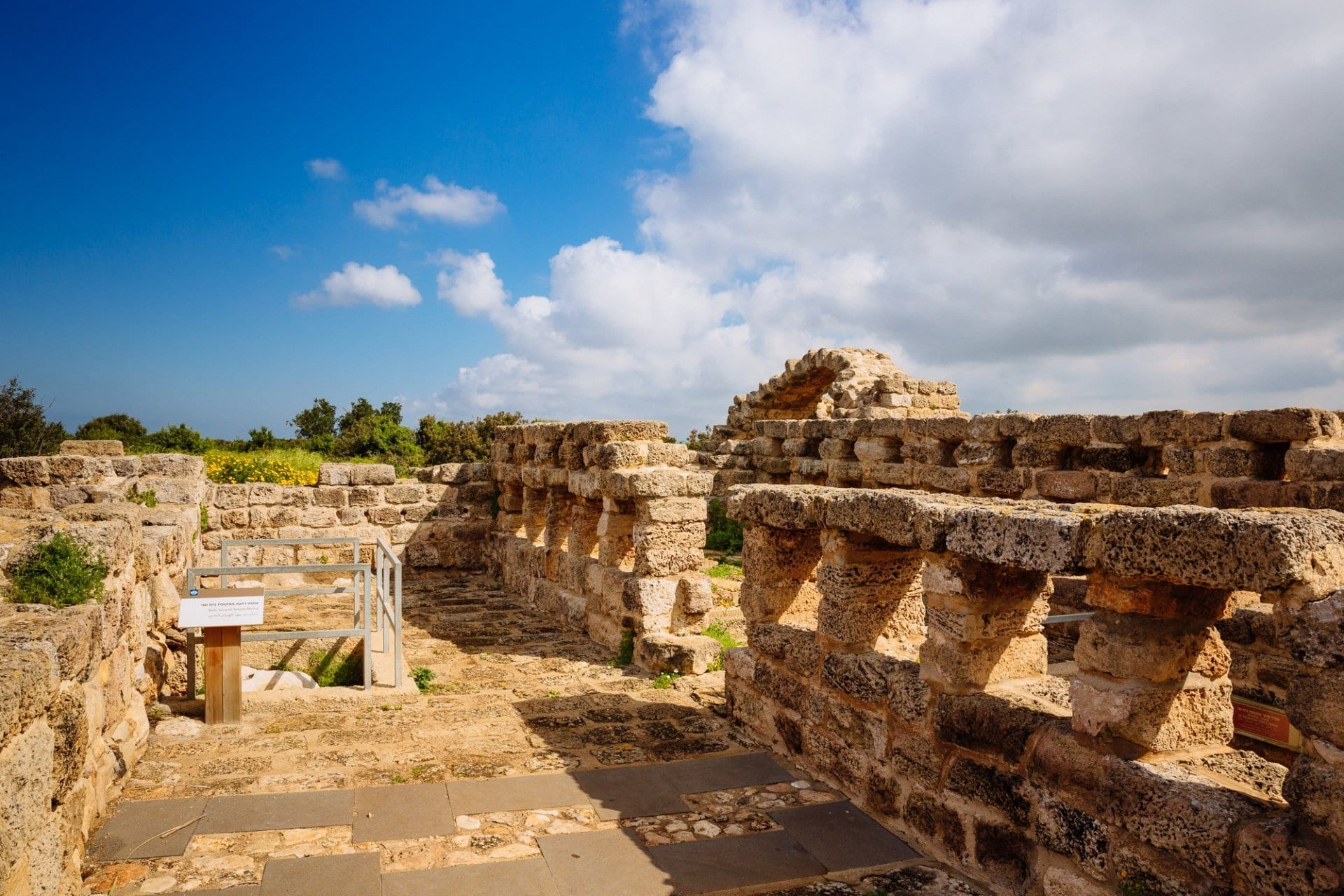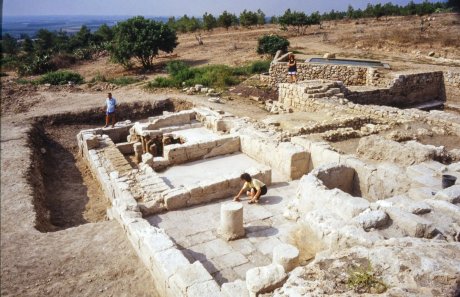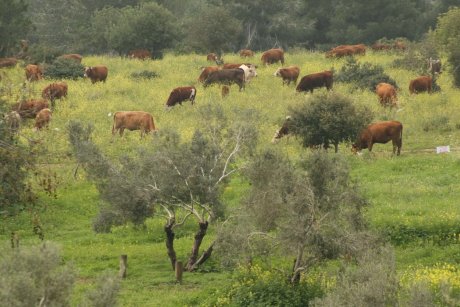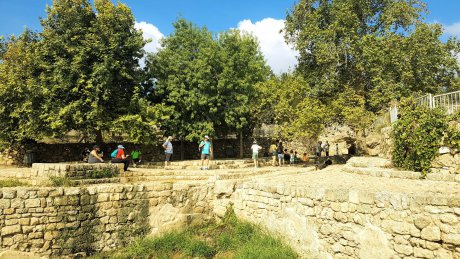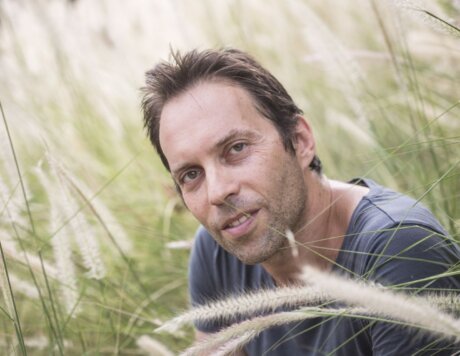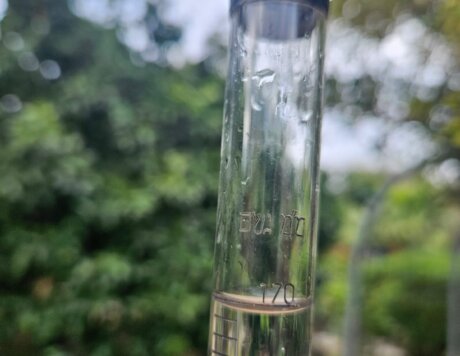We Made Decisions Here Once
The beginnings of the Nature Park
The Memorial Gardens are surrounded by ca. 4,500 dunams (450 ha) of nature. There you can ride your bike, walk the various trails, visit archaeological sites or go for a dip in the spring. It seems as if the Nature Park has always been like this, waiting for hikers, visitors and the herd of cows who graze in the spring. But the truth is that the park carries a history of decisions that turned it into the park we are familiar with today.







